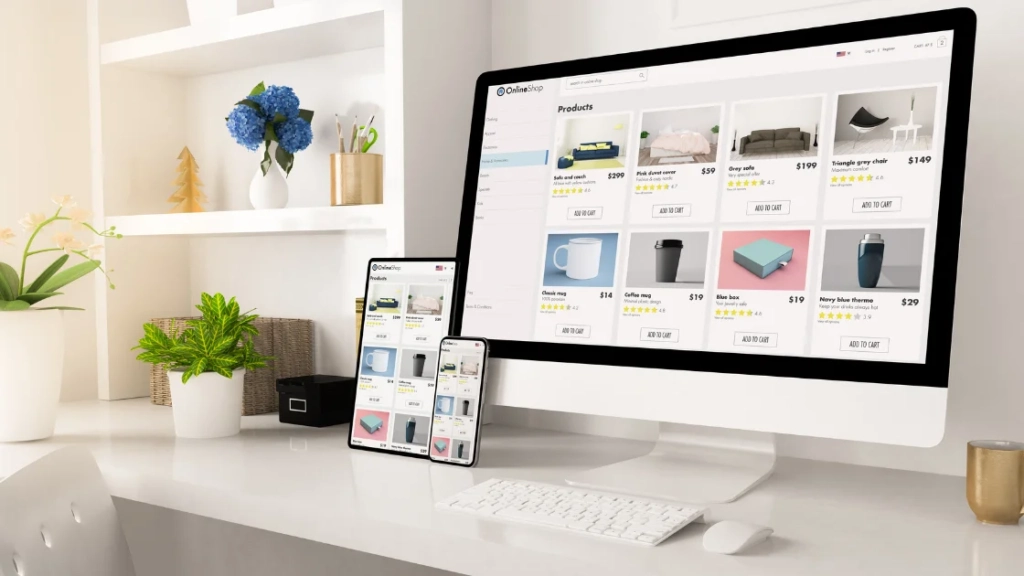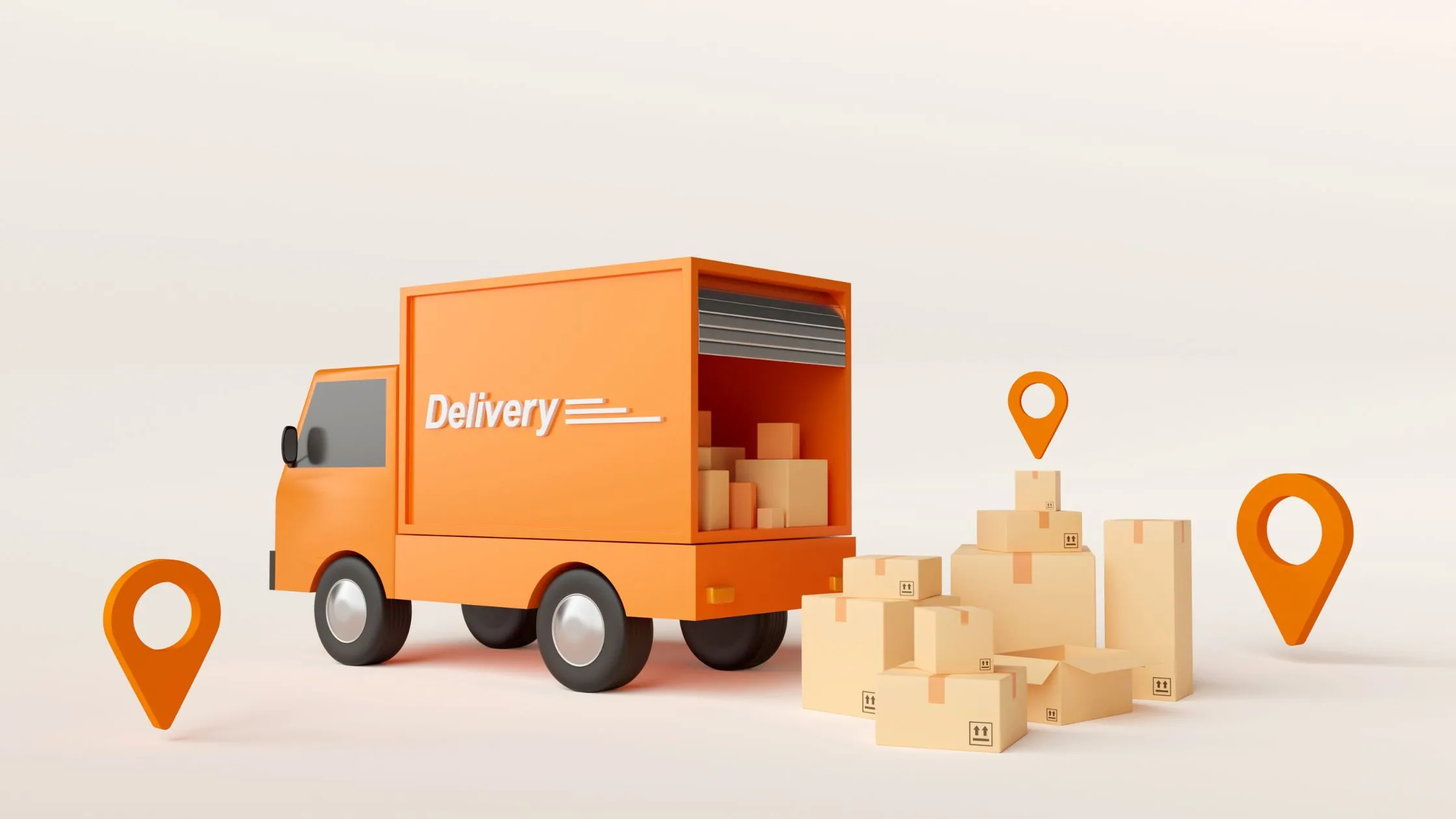In the dynamic world of e-commerce, dreams of setting up your online store can often be hindered by financial constraints. But fear not, for this guide is here to tell you that building an e-commerce website on a budget is not only feasible but can be a fulfilling endeavor. With the right strategies, smart choices, and a dash of creativity, you can create a fantastic online store without breaking the bank. Let’s dive into this step-by-step guide on how to build an e-commerce website on a budget.
1. Define Your Budget and Priorities
The first step in any budget-friendly project is setting a clear budget. Determine how much you can comfortably invest in your e-commerce website. This initial budget will serve as your guiding star throughout the process. But that’s not all; you need to identify your priorities. What are the features and functionalities that are absolutely essential for your business to thrive? By understanding your priorities, you can make informed decisions and avoid overspending on bells and whistles that can come later.
2. Choose the Right E-Commerce Platform
Choosing the right e-commerce platform is crucial. Opt for budget-friendly platforms like WooCommerce, Shopify Lite, or Big Cartel. These platforms offer cost-effective solutions without compromising on essential functionalities. Consider factors like the size of your product range, scalability, ease of use, and the available integrations when making your choice. Remember that the goal is to balance cost-effectiveness with functionality.
3. Web Hosting: Affordable and Reliable
Don’t underestimate the importance of selecting a reliable hosting provider. A reliable hosting service ensures that your website runs smoothly and minimizes downtime, which is crucial for e-commerce success. While there are expensive hosting options out there, many providers offer budget-friendly hosting plans. Bluehost, SiteGround, and HostGator are known for their affordability and reliability. Shop around, compare features, and find the hosting that aligns with your budget and needs.
4. Select a User-Friendly Template
The design of your e-commerce website doesn’t have to break the bank. E-commerce platforms offer a wide range of free and affordable templates that you can use as a starting point. When selecting a template, choose one that aligns with your brand and is easy for visitors to navigate. Customization is the key here – tweak the template’s colors, fonts, and layout to make it uniquely yours. By personalizing a template, you can create a professional and appealing online store without the hefty price tag of a custom design.
5. Optimize for Mobile Responsiveness
In an era where a significant number of users shop on their mobile devices, ensuring your website is mobile-responsive is non-negotiable. The good news is that many e-commerce platforms and templates automatically optimize your website for mobile viewing. However, it’s essential to double-check and test your site’s mobile responsiveness. Make sure your customers have a seamless and user-friendly experience, regardless of the device they’re using.
6. DIY vs. Professional Help
This is where your technical skills come into play. If you’re tech-savvy and comfortable navigating the world of website building, you can save a significant amount of money by taking the do-it-yourself (DIY) route. Many e-commerce platforms offer user-friendly interfaces and detailed tutorials, making it accessible for beginners.
However, if you’re not confident in your technical abilities or simply prefer to focus on other aspects of your business, consider hiring a freelance web developer. Freelancers often charge reasonable rates and can ensure that your website is set up correctly, saving you time and potential headaches.
Another option is to use website builders that offer user-friendly, drag-and-drop features. These platforms are often cost-effective and provide an array of design and functionality options, even for those with limited technical expertise.
7. Streamline Payment Processing
When it comes to payment processing, opt for affordable and trusted payment gateways. PayPal and Stripe, for instance, are popular choices known for their cost-effectiveness and reliability. These gateways offer secure transactions and convenient payment processing. By providing multiple payment options, you can enhance customer satisfaction and increase conversion rates. Keep in mind that while it’s essential to keep costs down, you should never compromise on the security and convenience of your customers’ payment experience.
8. Search Engine Optimization (SEO)
Once your e-commerce website is up and running, the next step is to drive traffic to it. An effective way to do this on a budget is through search engine optimization (SEO). SEO involves optimizing your website’s content to rank well in search engine results pages, ultimately attracting organic traffic.
Start by learning the basics of SEO. Free tools like Google Keyword Planner can help you identify keywords relevant to your products or services. Use these keywords strategically in your product descriptions, blog posts, and other website content.
Creating high-quality, keyword-rich content is essential for improving your website’s visibility. Consistently publishing informative and engaging content can also position you as an authority in your industry, further attracting and retaining customers.
Your Budget-Friendly E-Commerce Dream
Building an e-commerce website on a budget is not only achievable but also a rewarding journey. By following these steps and making savvy choices, you can create a user-friendly, attractive, and functional online store without draining your savings. Remember, every successful e-commerce business started somewhere, and often, it begins on a budget. Start small, prioritize wisely, and as your business grows, reinvest your earnings to expand and enhance your e-commerce website.
Rome wasn’t built in a day, and neither is your e-commerce empire. With determination, intelligence, and a budget-conscious mindset, you’re well on your way to online success. So, embark on your e-commerce journey with confidence, and watch your budget-friendly dream come to life. Happy selling!





